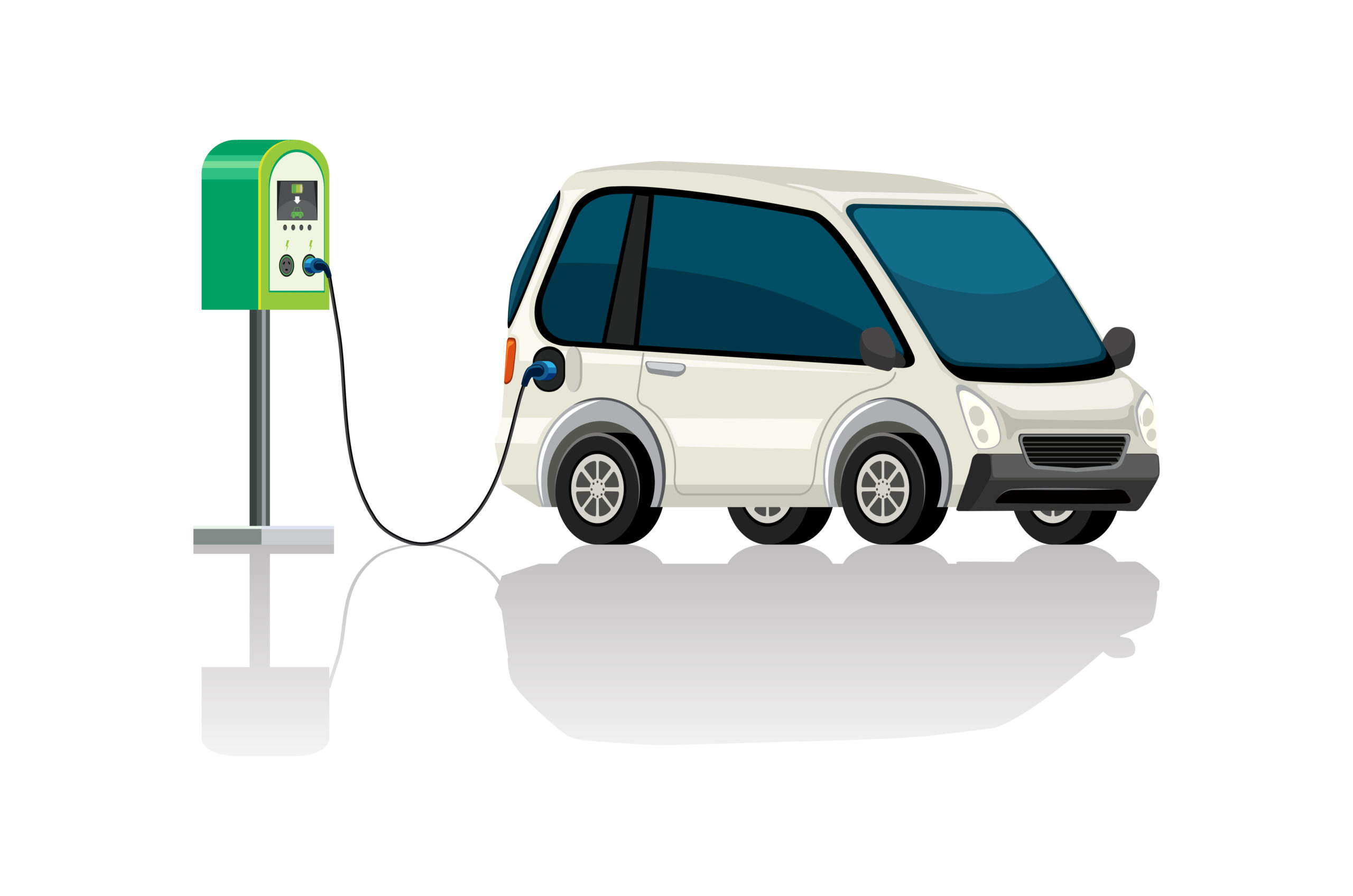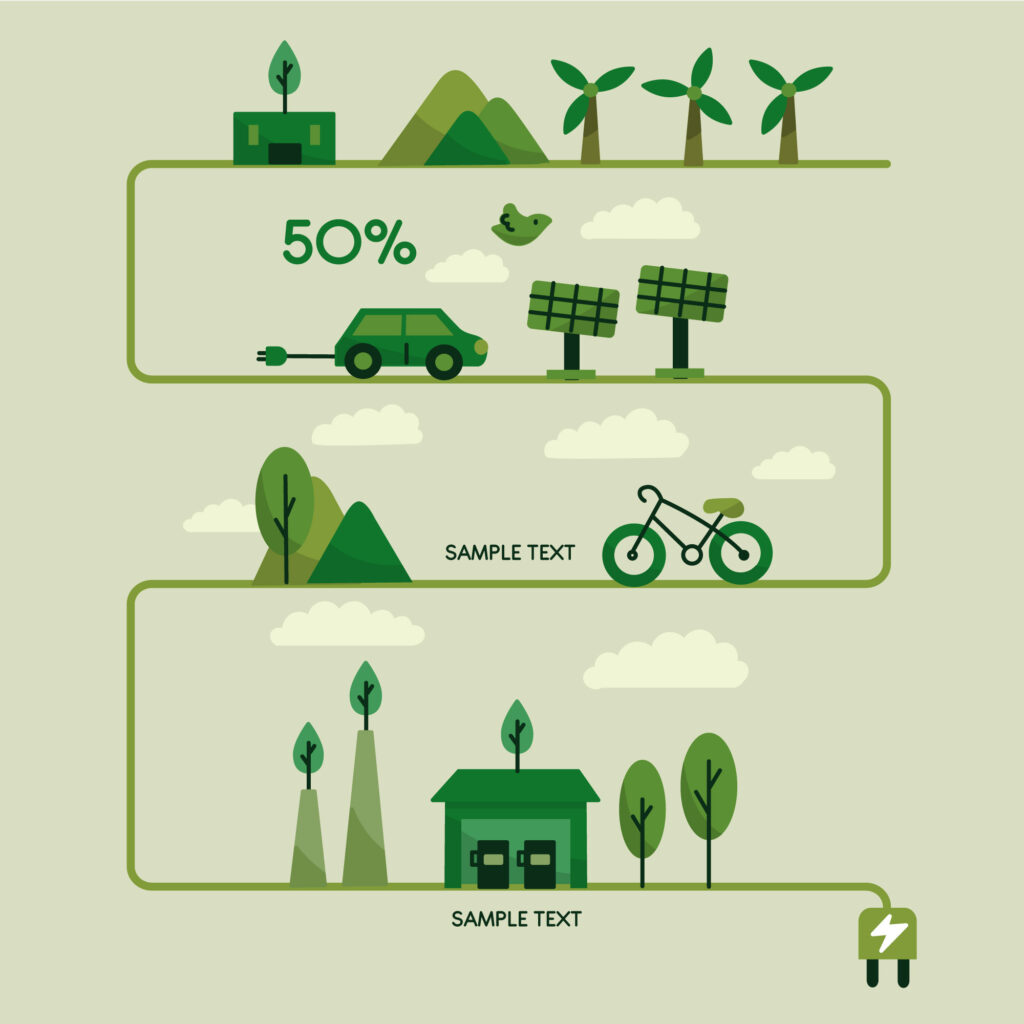
Electric vehicles (EVs) have emerged as a promising alternative to traditional combustion engine cars, heralded for their potential to reduce greenhouse gas emissions and dependence on fossil fuels. However, as we delve into the intricacies, it becomes crucial to evaluate the actual environmental friendliness of EVs. In this article, we will explore the facts, figures, benefits, and essential do’s and don’ts surrounding electric vehicles.

Unveiling the Environmental Impact of Electric Vehicles: Facts, Figures, Benefits, and Do’s and Don’ts
- Emissions During Operation: The primary allure of EVs lies in their zero-emission performance during operation. Unlike internal combustion engines, electric vehicles run on electricity, resulting in lower greenhouse gas emissions, especially when powered by renewable energy sources.
- Figure: Studies show that over their lifetime, EVs emit significantly fewer greenhouse gases compared to traditional vehicles. The exact reduction depends on factors such as the energy mix of the region where the EV is operated.
- The Carbon Footprint of Manufacturing Electric Vehicles: While EVs produce zero emissions during operation, their manufacturing process is not entirely green. The production of lithium-ion batteries, a key component in electric vehicles, involves mining and refining metals such as lithium, cobalt, and nickel, contributing to environmental degradation. The carbon footprint associated with manufacturing an EV is relatively high compared to conventional vehicles.
- Fact: The production of a typical electric vehicle can result in more emissions than manufacturing a traditional car. However, advancements in battery technology and sustainable manufacturing practices are steadily reducing this gap.
- Energy Source Matters: The environmental impact of electric vehicles is intricately linked to the source of electricity used to charge them. If the electricity comes from coal or other non-renewable sources, the environmental benefits of EVs diminish. However, in regions with a high percentage of renewable energy, EVs can be a powerful tool for reducing carbon emissions.
- Benefit: Transitioning to renewable energy sources enhances the environmental benefits of electric vehicles. Governments and policymakers play a crucial role in promoting renewable energy infrastructure to support the widespread adoption of EVs.
- Battery Recycling Challenges: The disposal and recycling of lithium-ion batteries pose environmental challenges. Improper disposal can lead to soil and water pollution due to the toxic elements present in batteries. However, strides are being made in battery recycling technologies to address this issue.
- Do’s: Proper disposal and recycling of EV batteries are essential. Developing efficient recycling methods and establishing infrastructure for the recycling process are critical steps toward minimizing environmental impact.
- Long-Term Cost and Energy Savings: While the initial cost of purchasing an electric vehicle may be higher, the long-term benefits include lower operating costs and potential energy savings. EVs generally have fewer moving parts than traditional vehicles, resulting in reduced maintenance costs over time.
- Benefit: EV owners can experience significant savings on fuel and maintenance costs, making electric vehicles economically viable in the long run.
- Charging Infrastructure and Range Anxiety: The availability and accessibility of charging infrastructure remain a significant challenge for the widespread adoption of EVs. Range anxiety, the fear of running out of battery power before reaching a charging station, is a valid concern for potential EV owners.
- Don’t: Ignoring the development of a robust charging infrastructure is a roadblock to the mass adoption of electric vehicles. Policymakers and private sector investments are crucial for expanding the charging network.
In conclusion, electric vehicles offer a promising pathway towards a more sustainable and eco-friendly transportation future. However, a comprehensive understanding of the associated challenges, along with continuous advancements in technology and infrastructure, is vital. By addressing concerns related to manufacturing emissions, promoting renewable energy sources, improving battery recycling practices, and expanding charging infrastructure, we can maximize the environmental benefits of electric vehicles and pave the way for a cleaner and greener automotive industry.






